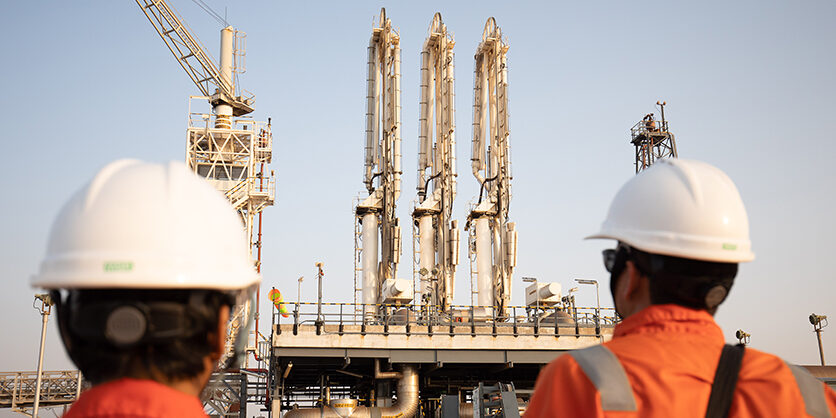U.S. oil and gas production has continued to rise in response to high prices that were prevalent until the third quarter of 2022, according to an article by John Kemp of Reuters.
In March, oil output increased by 171,000 barrels per day compared to February, with gains led by the Lower 48 states and the Gulf of Mexico, offsetting lower production from Alaska.
Overall, oil output rose by nearly 10% in the first three months of 2023 compared to the same period in the previous year. On the gas side, dry production reached a record high of 3,171 billion cubic feet in March, marking a more than 7% increase compared to the same month in the previous year.
The article explains that shale production typically experiences a delay of up to 12 months between changes in prices and recorded production.
The impact of the high oil and gas prices in the second and third quarters of 2022 is still being felt in the first quarter of 2023. However, the lagged effect of these high prices is expected to diminish in the third and fourth quarters of the year.
The number of rigs drilling for oil and gas has already decreased by approximately 7% since its peak in December 2022, which will eventually lead to slower production growth with a typical delay of up to 6 months.
Despite the rise in production, inventories remain elevated, particularly in the case of gas, which is keeping prices under pressure. U.S. commercial crude inventories were still above the 10-year seasonal average at the end of March, but they have since normalized.
Gas stocks, on the other hand, were significantly above the 10-year average at the end of March and still remain higher in late May, explaining the relatively lower gas prices compared to oil prices.
Overall, the article highlights the delayed impact of high prices on oil and gas production in the U.S., with the expectation that slower production growth will follow as drilling activity decreases.
![]()




